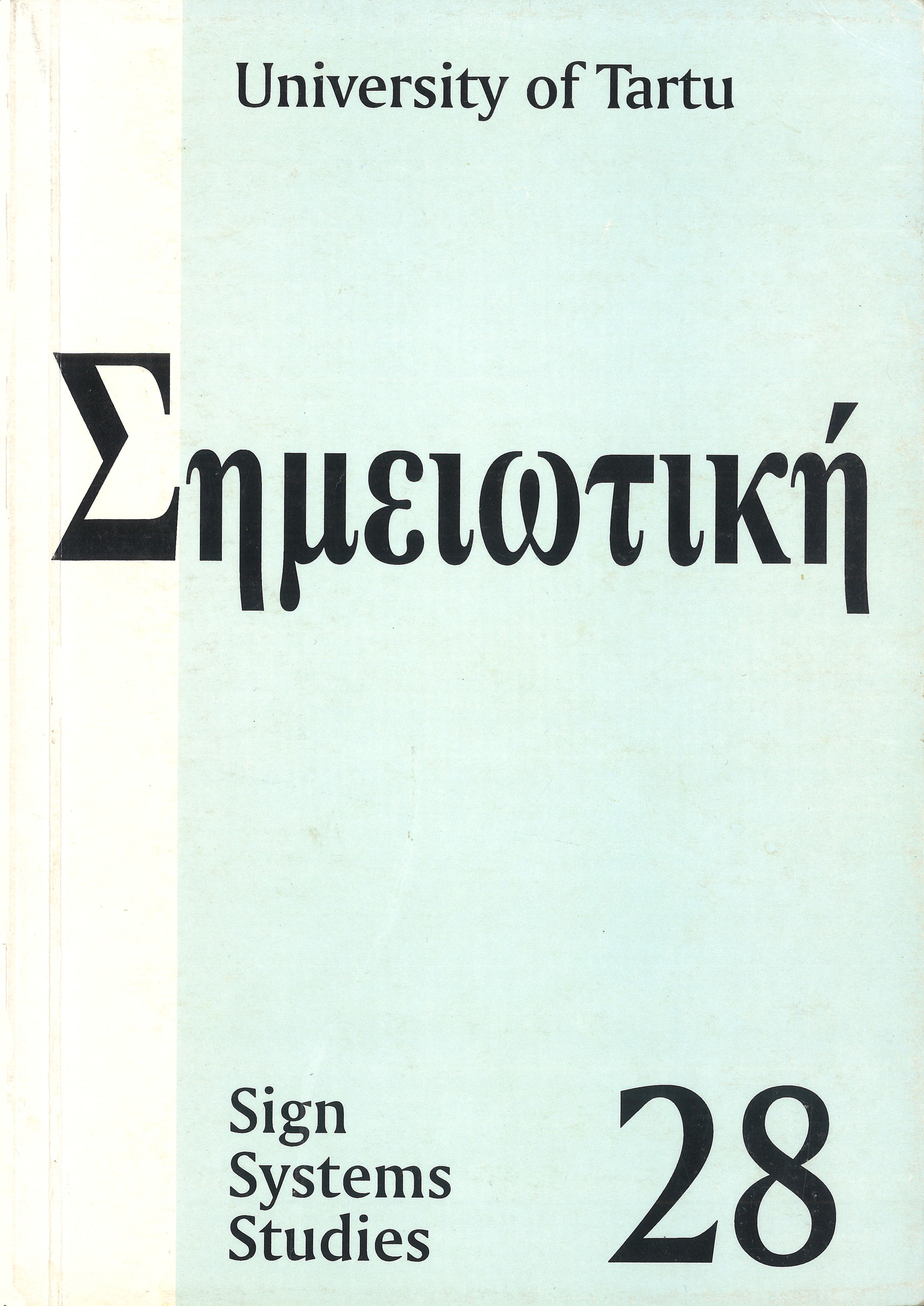The book at the outskirts of culture: Cortázar's first almanac
DOI:
https://doi.org/10.12697/SSS.2000.28.14Abstract
The notion of intersemiosis suggests the game relationships between the multiple interacting signifying spheres of culture, but the term can also be fitly applied to the study of certain extraordinary artistic texts. This study makes use of one such book, Julio Cortazar's Around the Day in Eighty Worlds, to show how the sui generis interplay of the book's semantic spheres simultaneously models and renews the complex cultural processes of the production of meaning. This often reprinted and hard-tocategorize book that for years has remained at the outskirts of Latin American culture is also an ideal example to explore the dynamics between the center and periphery of culture as well as the writer's role in the creative renewal of cultural repertoires. By drawing a bridge over the apparent gap between the semiotics of culture and the semiotics of the artistic text, the present study attempts to approximate the critical-creative spirit of the late great theoretician Yurij Lutman.


